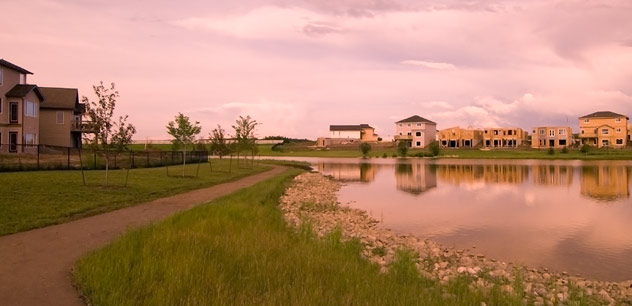
Economic Benefits
Trails attract a significant number of tourists, contributing to local businesses and economies. Tourists have an increased interest in the outdoors and nature-based activities, and they are willing to travel to pursue special interests and experiences (Active Living – Go for Green, 1995). The influx of tourists leads to development opportunities such as additional bed and breakfasts, campgrounds, motels, retail opportunities for equipment sales, outfitting opportunities and special events. Not only do trails attract new businesses, but they also provide job opportunities and lifestyle benefits that hold residents in the area, resulting in dynamic changes that support sustainable local economies. In addition, trails generate part-time and full-time employment in the respective areas through construction workers and labourers, and ongoing maintenance of the trails requires further employment. Also, property values along and near trails can be expected to rise. According to a report by the U.S. National Parks Service, increases in property values range from 5% to 32%. Increases are particularly noted near greenways that highlight open space rather than highly developed facilities (Royal Commission on the Future of the Toronto Waterfront, 1992).
Source: Alberta Recreation and Parks Association: Trails Policy Paper




